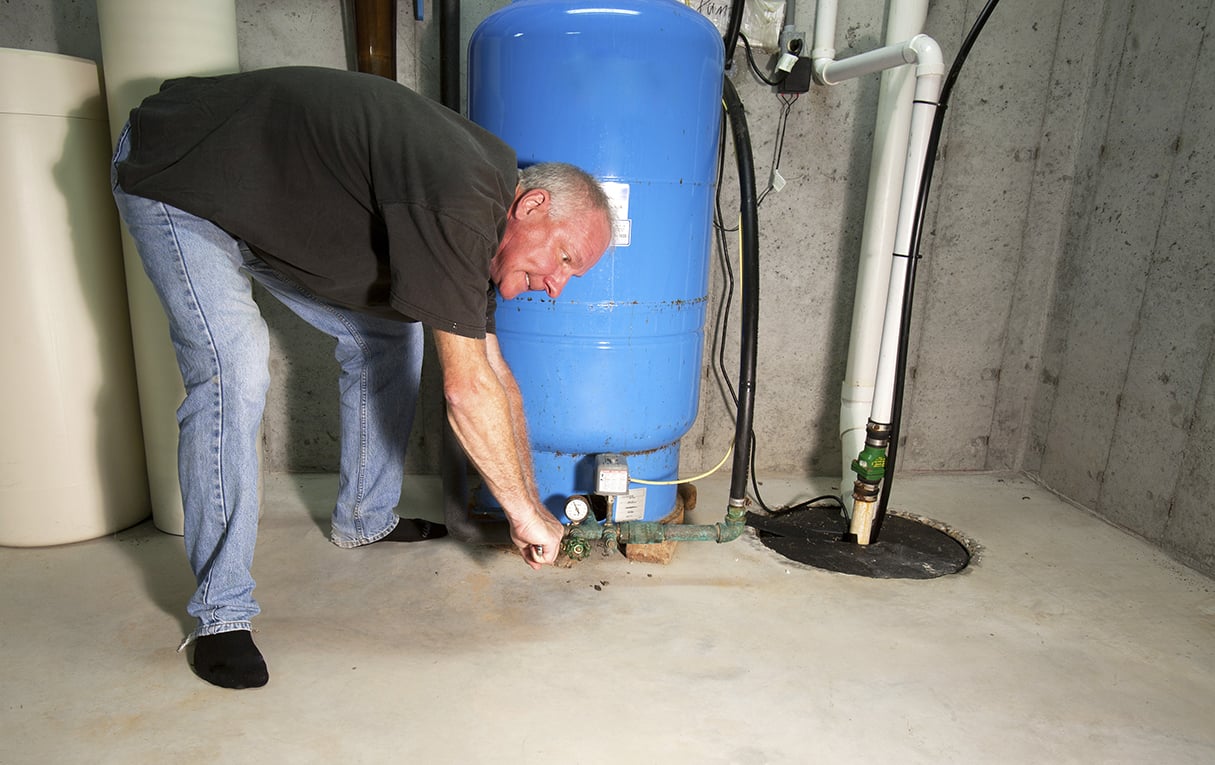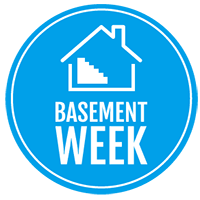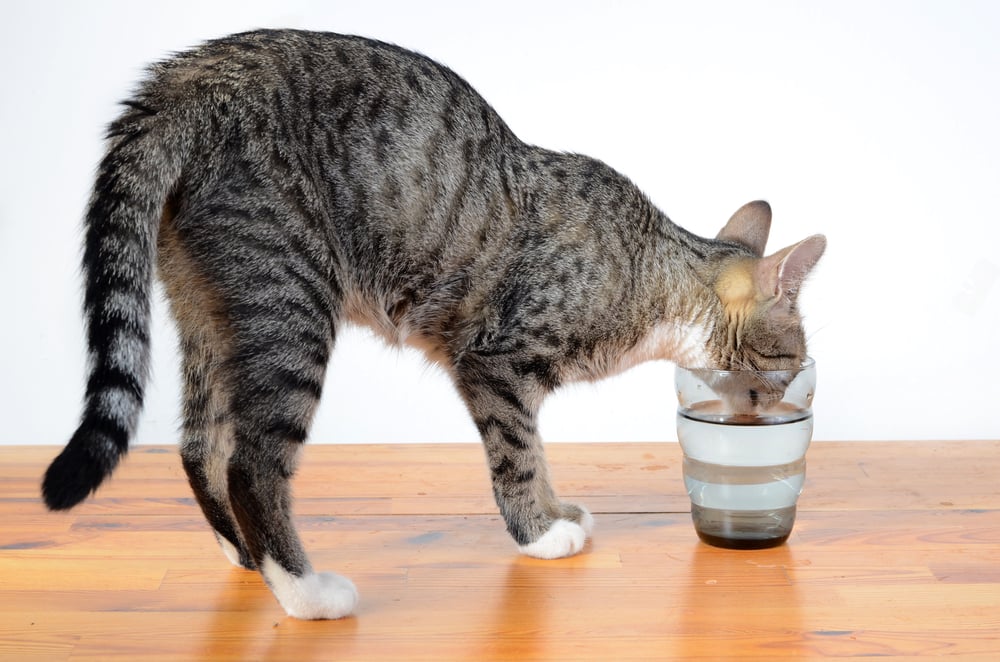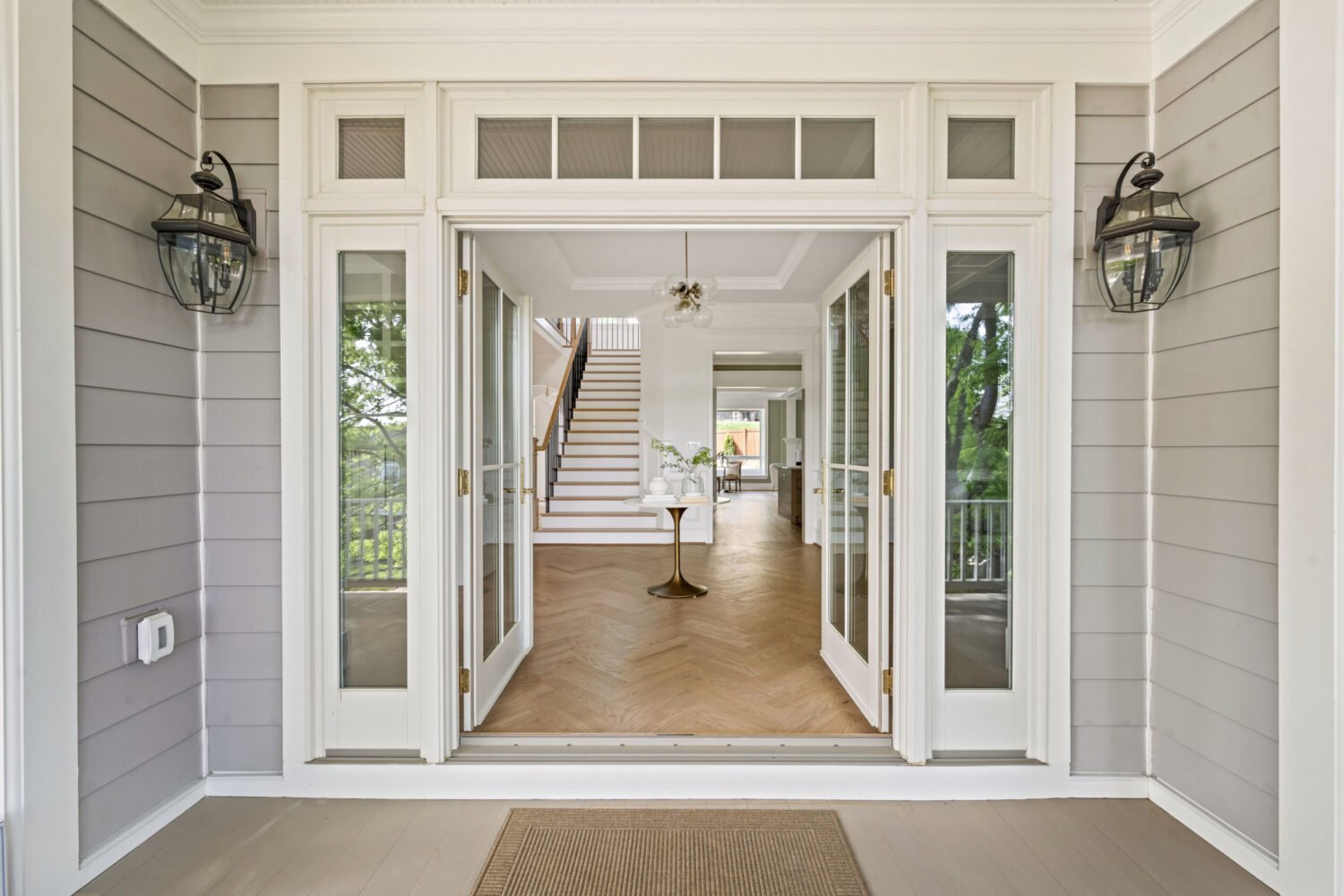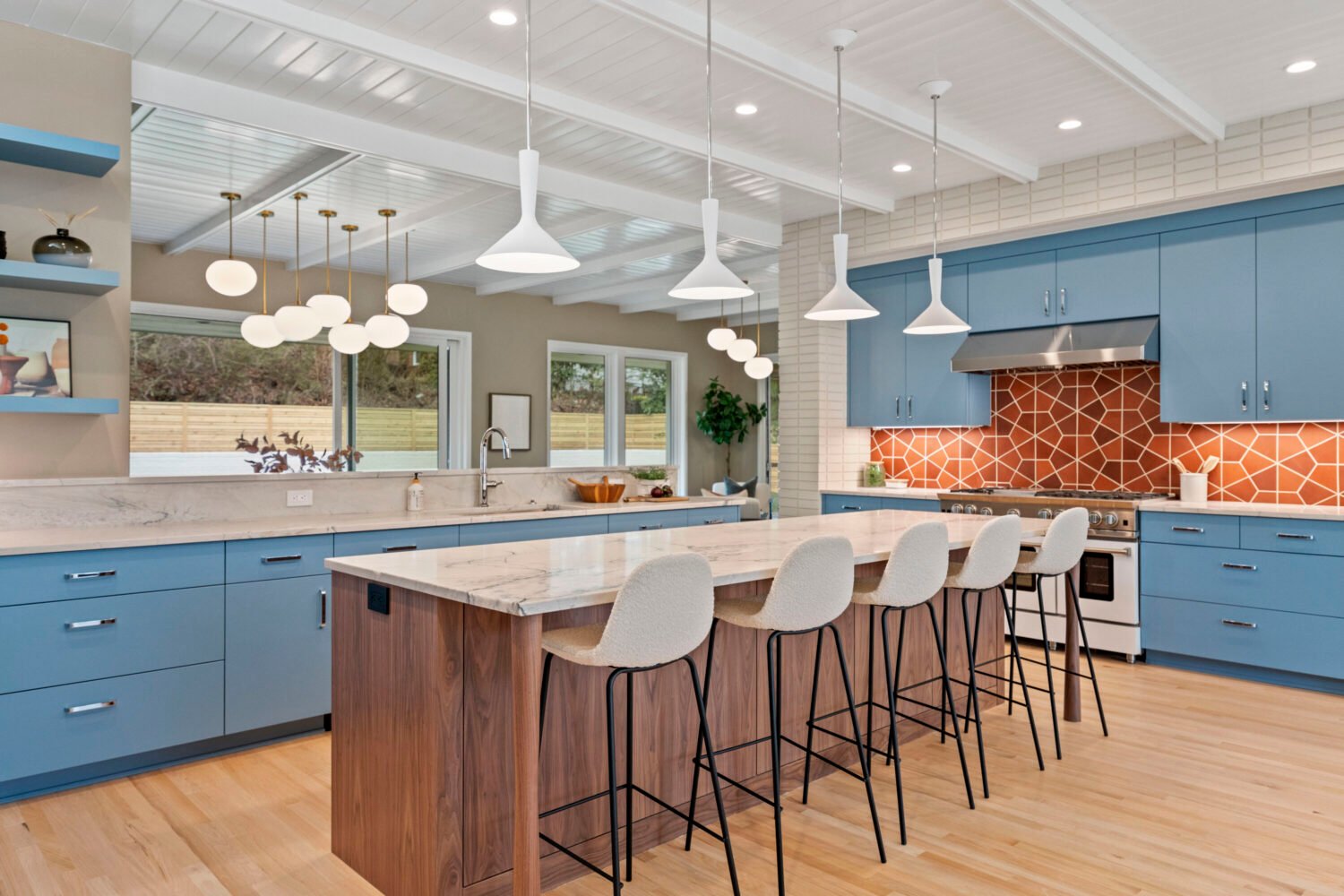Need to get rid of moisture? Here’s a primer on the complicated language of waterproofing.
Sump Pump [sŭmp pŭmp] noun
1. A pump used to remove water that has accumulated in a pit dug through the basement floor. Sump pumps are common in Washington and are often incorporated into new-house construction.
2. If your house doesn’t already have a sump pump and your basement floods, you probably need one. In a basic version, ground water naturally collects in the pit and is discharged by the pump out of a pipe through an exterior wall. If you need to direct water to the pump more rapidly, you may need to install an accompanying water-management system.
Water-Management System [wŏ´-ter măn´-ij-mĕnt sĭs´-tem] noun
1. A broad term that can be used to describe any type of waterproofing. However, if you hear a waterproofing company—such as Mid-Atlantic or B-Dry—using the term, it’s referring to a drain-age network installed along the perimeter of the basement (typically in both the floor and the walls) that carries water to a sump pump.
2. If your house has a significant flooding problem—and you can afford to spend thousands to remediate it—this may be a solution worth pursuing.
French Drain [frĕnch drān] noun
1. A trench dug along the exterior of a foundation, typically filled with gravel and containing a perforated pipe that absorbs surface and ground water and redirects it away from the house.
2. This is one of the most basic water-management systems around. Unlike the higher-tech ones sold by most waterproofing companies, installation of a French drain happens outside the house and doesn’t involve demolition through walls or the floor.
Dry Well [drī wĕl] noun
1. An underground structure that collects water being routed away from a house (for instance, by a French drain) and disperses it into the ground.
2. Dry wells are required by some municipalities that don’t want houses draining water into the city sewage system. In our area, such a requirement isn’t common, but a dry well can be a nice courtesy to neighbors whose yards may be affected by the rerouting of your unwanted water.
Regrade [rē-grād´] verb
1. To raise or lower the surface of a yard to cause water to flow away from a house’s foundation.
2. If water is penetrating your foundation and you notice puddling around the house’s exterior and/or that your yard slopes toward the house, regrading is likely the easiest fix.
Damp-Proof [dămp-proof] verb
1. To apply a material—typically tar—to the exterior of a house’s foundation in order to prevent moisture from seeping into interior spaces.
2. This should be done during the construction of a house because it requires that the foundation still be exposed, and in most places it’s required by building code.
Liquid Membrane [lĭk´-wĭd mĕm´-brān] noun
1. A substance, often polyurethane or a bitumerous (asphalt) blend, applied over tar damp-proofing for an extra layer of protection.
2. Like damp-proofing, liquid membrane should be applied during a house’s construction. However, it’s possible to apply it after construction by digging out the perimeter of the house to re-expose the foundation. This is a labor-intensive process that can cost tens of thousands of dollars. But if done properly, it prevents water from ever entering the house, making this method preferable in many cases to an interior water-management/sump-pump system that remediates water only after it has breached the foundation.
Sheet Membrane [shēt mĕm´-brān] noun
1. See liquid membrane. This is a solid version, usually rubberized asphalt, that adheres to the foundation and is often cheaper.
Dehumidifier [dē´-hyoo-mid´-e-fī´-er] noun
1. An appliance that removes moisture from the air and controls the dampness of a basement.
2. You can buy one at any big-box hardware store for about $200. If your basement is just musty or damp-feeling, this could be an easy remedy. It won’t help with flooding, though.
Sources: Steve Kirstein, principal, BOWA design and construction; Charles Levine, vice president, Mid-Atlantic Waterproofing.
This article appears in our August 2015 issue of Washingtonian.

